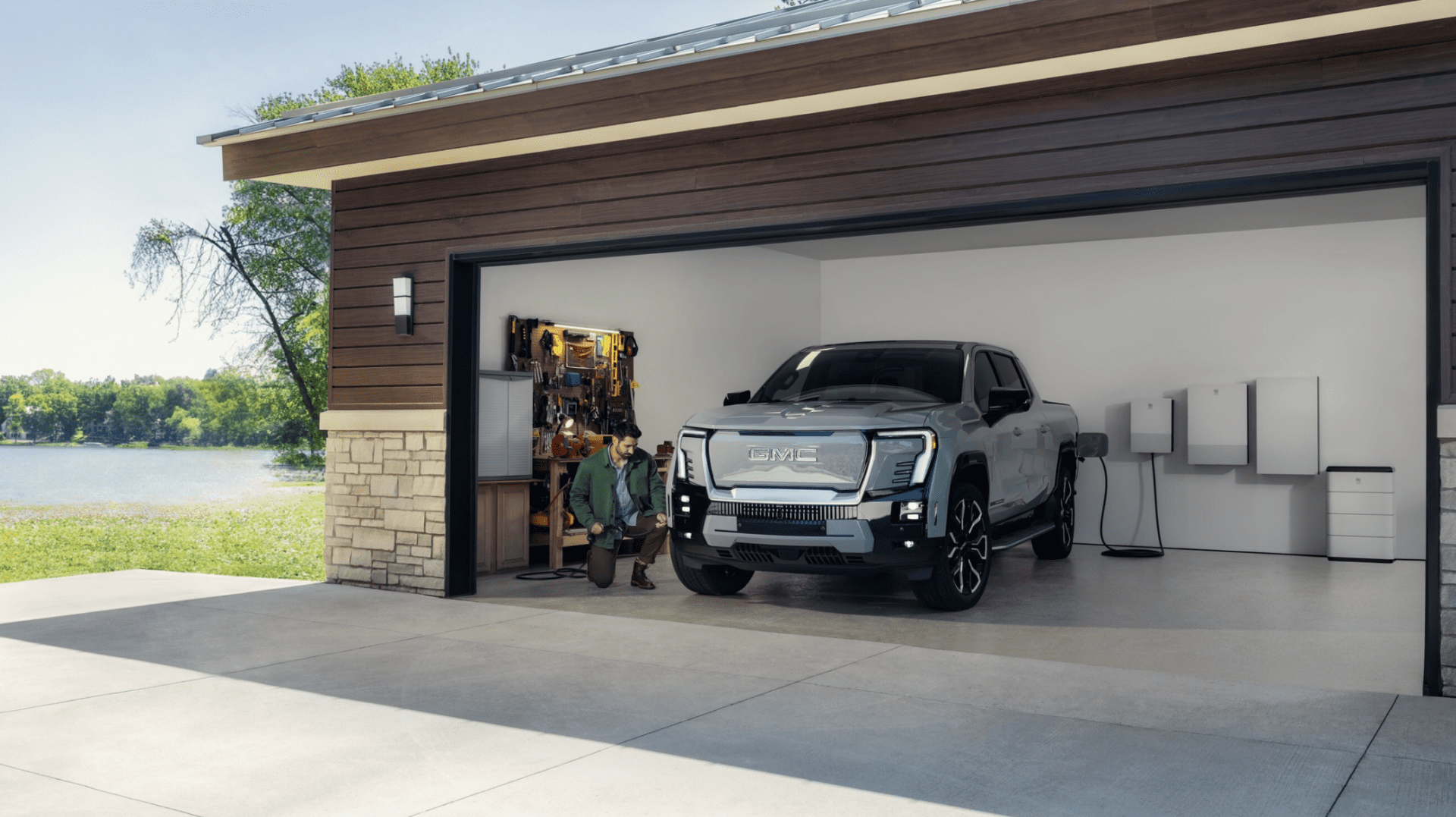We’re sure you guys will go bananas for the first episode of TWT’s second season! To start, we meet the latest member of the TWT Team- Jackie, the new field reporter. In addition, Tamara is sent to Guatemala to follow the Chiquita banana trade from harvesting to grocery store shelf. She learns a variety of interesting things about bananas, including how temperature control helps to keep the bananas from prematurely ripening while they’re being transported- affectionately nicknamed ‘sleeping bananas’. Though we get an in-depth dive into the trade, there’s still so much more to learn about these… orange you glad we didn’t say bananas?

Types of Bananas
We don’t typically think of bananas as a fruit with several different varieties because we’re only seeing the most commonly exported type of banana- the Cavendish. It may surprise you to learn that there are actually more than 1,000 different types of bananas throughout the world, grown in more than 150 countries. Though we mainly see the Cavendish, the other types from around the world come in a variety of flavors, textures, and funny names. One type is called the Blue Java because its skin is blue and it has an ice-cream-like texture. There’s also one called the Burro, which has a lemon flavor and squared sides.
Big Mike
Interestingly enough, the Cavendish banana that we all know and love wasn’t always the standard. According to PBS, a banana called Gros Michael (or Big Mike) was the first type to be exported and sold on a large scale. The Gros Michael, in comparison to the Cavendish breed, has a slightly sweeter flavor and creamier consistency. This breed of banana began appearing in European Cities and North America in the late 1800’s thanks to naturalist Nicholas Baudin. Unfortunately, production of this variety came to halt when the virulent Panama disease infected the crop and contaminated the international supply. Though it’s no longer the world’s go-to banana, you can still find and taste the once popular variety by visiting Africa or Southeast Asia.

A fruit or not a fruit? That is the question.
Strangely enough, bananas are both a fruit and not a fruit- fruit inception? Essentially, the yellow part of the banana that you peel and eat is considered a fruit because it contains seeds of the plant. However, though bananas are often referred to as banana trees, what it grows on is actually an herb which is distantly related to ginger. We know this because the plant has a succulent tree stem as opposed to a wooden one.
Household DIY Uses
Though we value the fruit for primarily for its nutritional value and taste, it also has several DIY uses. For example, did you know that you can rub the peel of a banana on scratched up DVD’s to help stop them from skipping? Rubbing the peel on your skin can help remove ink stains or sooth bug bites. The peels can also be used for polishing shoes, whitening teeth, purifying water, and helping heal splinters. Bottom line: Don’t throw out your peels, folks!







